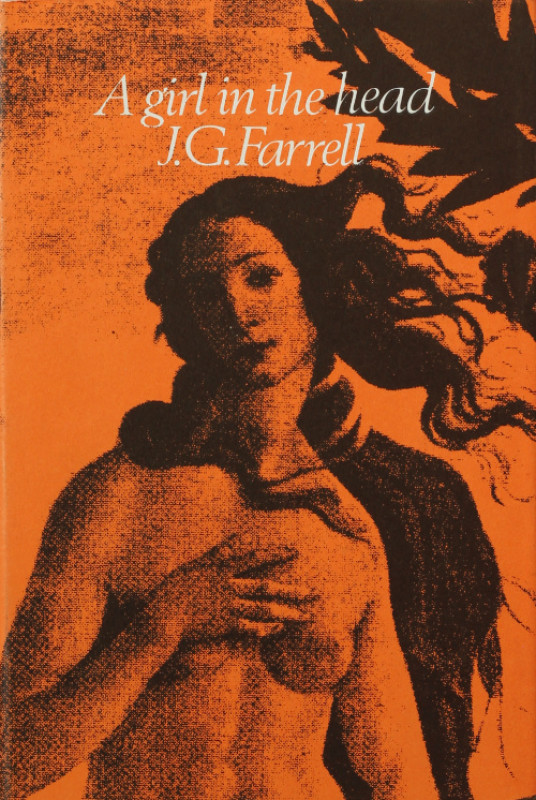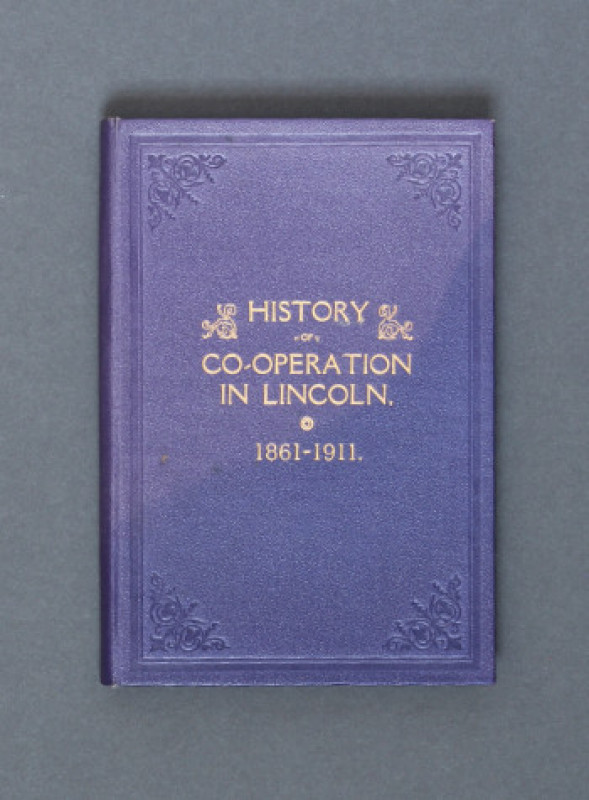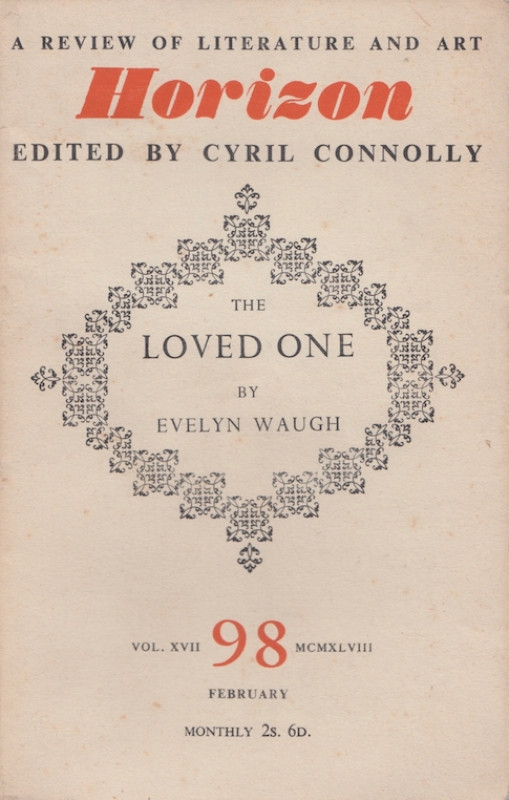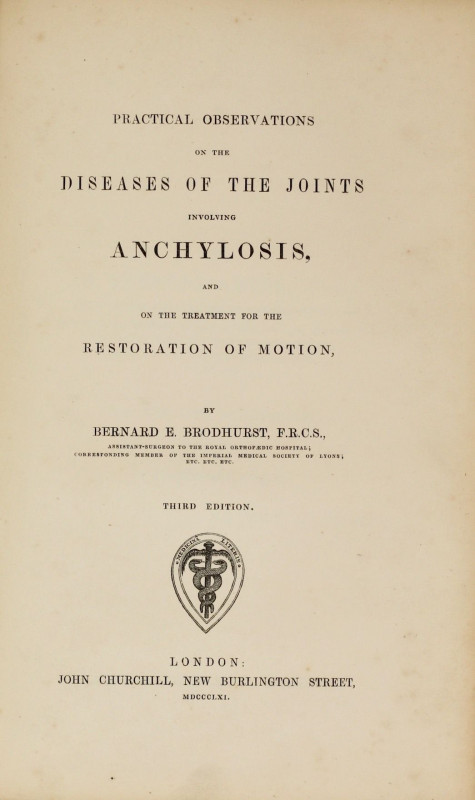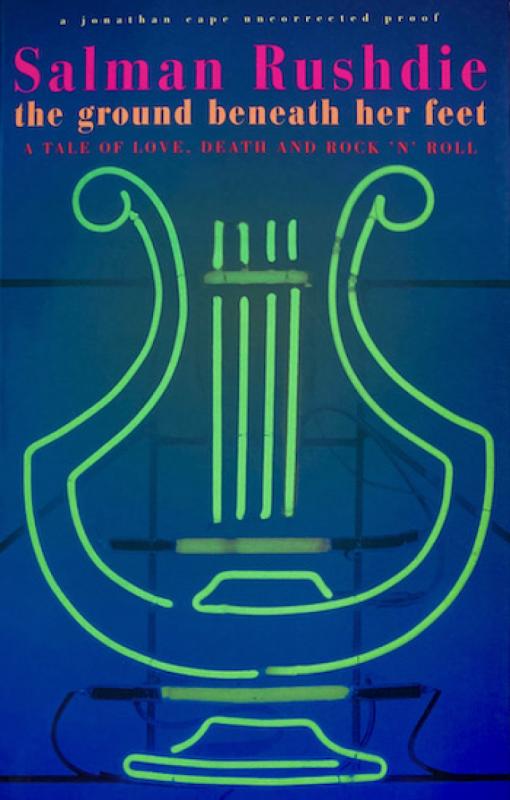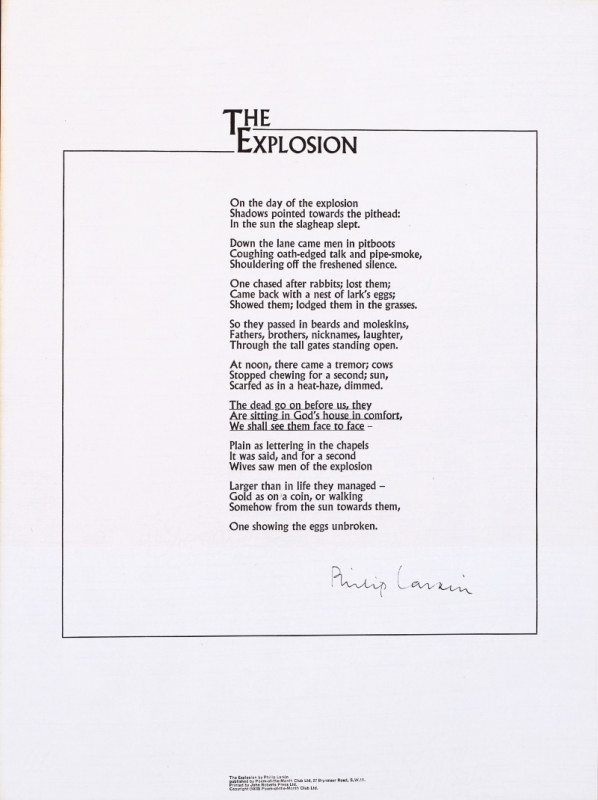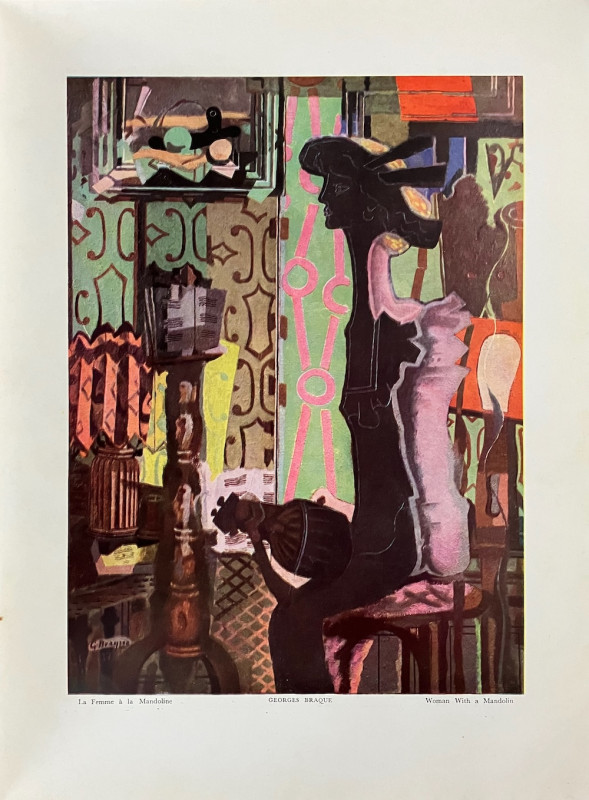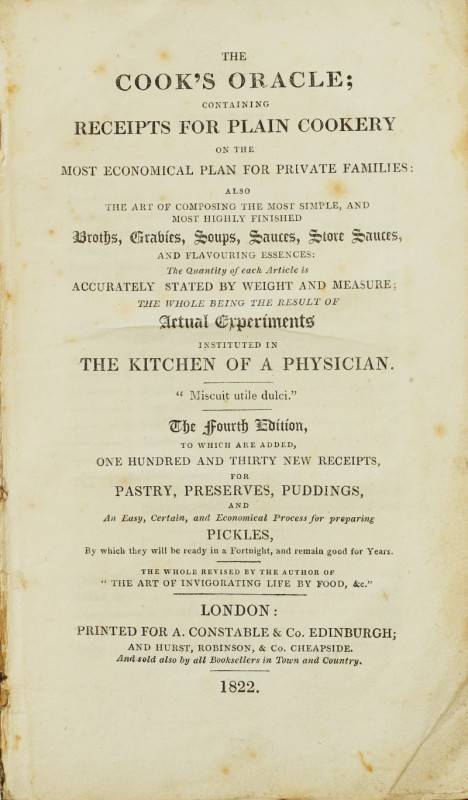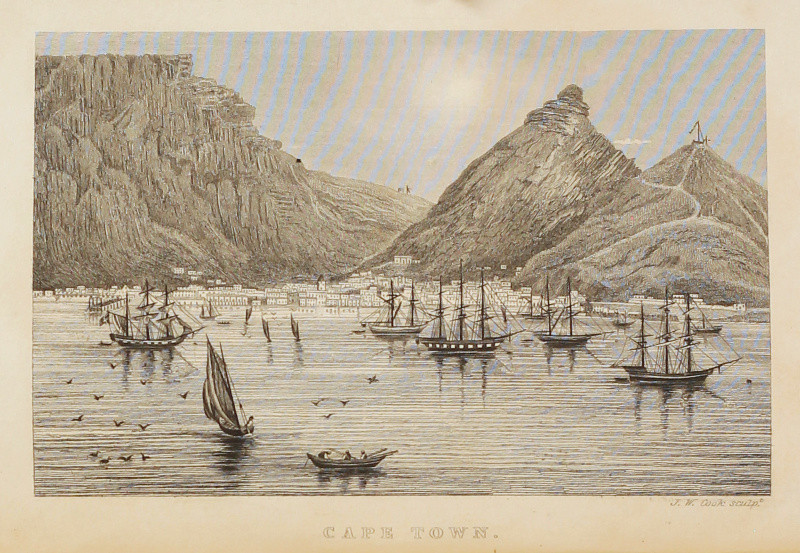[Joseph Banks’ Florilegium] Plate 89: Acacia Legnota, Pedley, Mimosa anceps (Leguminosae)


Book Description
SPECIES SEEN IN AUSTRALIA, 1770
Limited to 116 impressions, this no. VIII of 10 hors de commerce and numbered ‘HC VIII/X’
This is one of ten prints featured in our virtual exhibition ‘Joseph Banks: A Lincolnshire Botanist in Australia’. The engravings are all of a very similar size, with platemarks of circa 457 x 305mm, and are printed on acid-free Somerset mould-made 300gsm paper manufactured by the Inveresk Paper Company. Each sheet is watermarked ‘AHE’, measures 724 x 556mm, and bears blind embossed stamps incorporating the publishers’ and printer’s chops, the copyright symbol, and date of publication; the initials of the individual printer, the plate number, and the edition number are recorded in pencil. The engravings are protected by a bifolium of acid-free Somerset mould-made 300gsm paper, cut to form a window mount on which is recorded the modern and Banksian names of the plant, the location and date of its collection and the name(s) of the artist and engraver.
Price including VAT.
For further information, other prints from the Florilegium, and related gallery talks, articles, and podcasts, please visit our website: www.typeandforme.com.
Limited to 116 impressions, this no. VIII of 10 hors de commerce and numbered ‘HC VIII/X’
This is one of ten prints featured in our virtual exhibition ‘Joseph Banks: A Lincolnshire Botanist in Australia’. The engravings are all of a very similar size, with platemarks of circa 457 x 305mm, and are printed on acid-free Somerset mould-made 300gsm paper manufactured by the Inveresk Paper Company. Each sheet is watermarked ‘AHE’, measures 724 x 556mm, and bears blind embossed stamps incorporating the publishers’ and printer’s chops, the copyright symbol, and date of publication; the initials of the individual printer, the plate number, and the edition number are recorded in pencil. The engravings are protected by a bifolium of acid-free Somerset mould-made 300gsm paper, cut to form a window mount on which is recorded the modern and Banksian names of the plant, the location and date of its collection and the name(s) of the artist and engraver.
Price including VAT.
For further information, other prints from the Florilegium, and related gallery talks, articles, and podcasts, please visit our website: www.typeandforme.com.
Dealer Notes
250 years ago Captain James Cook and his crew – among them the Lincolnshire botanist Joseph Banks – travelled to the Pacific via Brazil, the Society Islands and New Zealand, and became the first Europeans to set foot on the eastern coast of Australia. Joseph Banks’ botanical discoveries during the journey – some 1,300 previously unknown botanical species – revolutionised European understanding of natural history.
These prints from Joseph Banks' Florilegium presented in this exhibition show the rich foliage, colourful flowers, and diverse species that Banks discovered as the Endeavour traversed the globe.
For further information, other prints from the Florilegium, and related gallery talks, articles, and podcasts, please visit our website: www.typeandforme.com.
These prints from Joseph Banks' Florilegium presented in this exhibition show the rich foliage, colourful flowers, and diverse species that Banks discovered as the Endeavour traversed the globe.
For further information, other prints from the Florilegium, and related gallery talks, articles, and podcasts, please visit our website: www.typeandforme.com.
Author
PARKINSON, Sydney and Frederick Polydore NODDER (artist), Gerald SIBELIUS (engraver).
Date
1980-1990
Publisher
London: Alecto Historical Editions in association with the British Museum (Natural History)
Friends of the PBFA
For £10 get free entry to our fairs, updates from the PBFA and more.
Please email info@pbfa.org for more information
